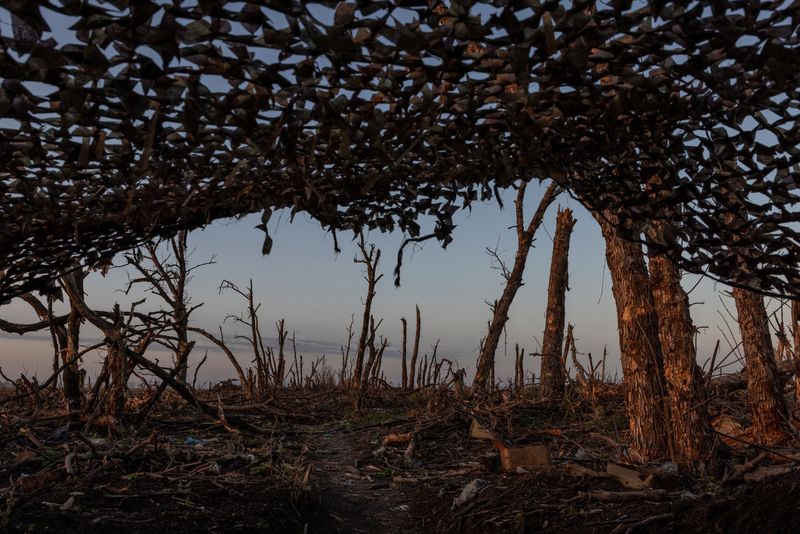By Rodrigo Campos
NEW YORK (Reuters) – Ukraine has suffered a setback in its quest to complete the outline of a debt restructuring before the end-of-August expiry of a two-year payment freeze agreed by private holders of near $20 billion in outstanding international bonds.
The government announced on Monday it had not reached agreement with a group of bondholders, raising the specter that the war-torn country might slip into default.
Here is a timeline of events related to the debt impact of Russia’s wars with Ukraine.
2014
February – Russia invades Ukraine’s Crimean peninsula. The invasion, as well as the war in Donbass, trigger an economic crisis that makes debt payments unaffordable, forcing a restructuring.
Earmarked for restructuring are all international bonds issued before February of 2014 – including a $3 billion Eurobond that was issued under English law and is owed to Russia, and still subject to court proceedings.
2015
November – Ukraine completes its debt restructuring which results in 13 bonds in dollars and euros being issued that currently have around $20 billion outstanding as well as a $2.7 billion GDP-warrant – all of which are in scope for the current restructuring.
2022
February – Russia invades Ukraine, setting off the deadliest war on European soil in more than 70 years. Ukraine’s economy and finances implode, driving the country to request a freeze in its debt payments to avoid a full-out sovereign default.
March – Ukraine begins issuing domestic market wartime bonds.
July – Naftogaz becomes the first Ukrainian government entity to default since the start of the Russian invasion after creditors did not support a two-year deferral. Kyiv asks holders of $1.5 billion in bonds from state agencies Ukravtodor and Ukrenergo to defer payments -and they agree.
August – Ukraine’s overseas private creditors back the country’s request for a two-year freeze on payments on almost $20 billion in international bonds. Global rating agencies S&P and Fitch consider the exchange “distressed,” triggering a short-lived downgrade to default. The country now owes nearly $24 billion on those bonds, including interest.
September – Ukraine and its bilateral partners finalize a memorandum of understanding to implement a two-year debt service suspension announced two months earlier, which was later extended.
2023
March – The Group of Creditors of Ukraine (GCU) including Canada, France, Germany, Japan, Britain and the U.S. provides financing assurances in support of an expected loan from the International Monetary Fund. This includes the extension until 2027 of a previously-agreed payment moratorium.
March – The IMF board approves a four-year $15.6 billion loan program for Ukraine to support the country’s economy.
November – In its 2024 budget, Ukraine details an expected $44 billion deficit.
2024
March – Reuters reports Ukraine’s overseas bondholders are in talks to form a creditor committee ahead of debt rework talks. The formation of the group is made official in April.
April – A sweeping foreign aid package passes in the U.S. Congress after months of delay, clearing the way for $61 billion in funding for Ukraine.
May – Ukraine pushes to agree on a restructuring with its private creditors ahead of expiration of a payment freeze.

June – The Group of Seven agrees to provide Ukraine with $50 billion in loans by using interest earned on frozen Russian assets.
June – Ukraine says it was unable to reach an agreement during formal talks with a group of bondholders over restructuring its commercial debt, pushing the country closer to default. Finance Minister Serhiy Marchenko says talks will continue and he expects the government to reach an agreement by Aug. 1.